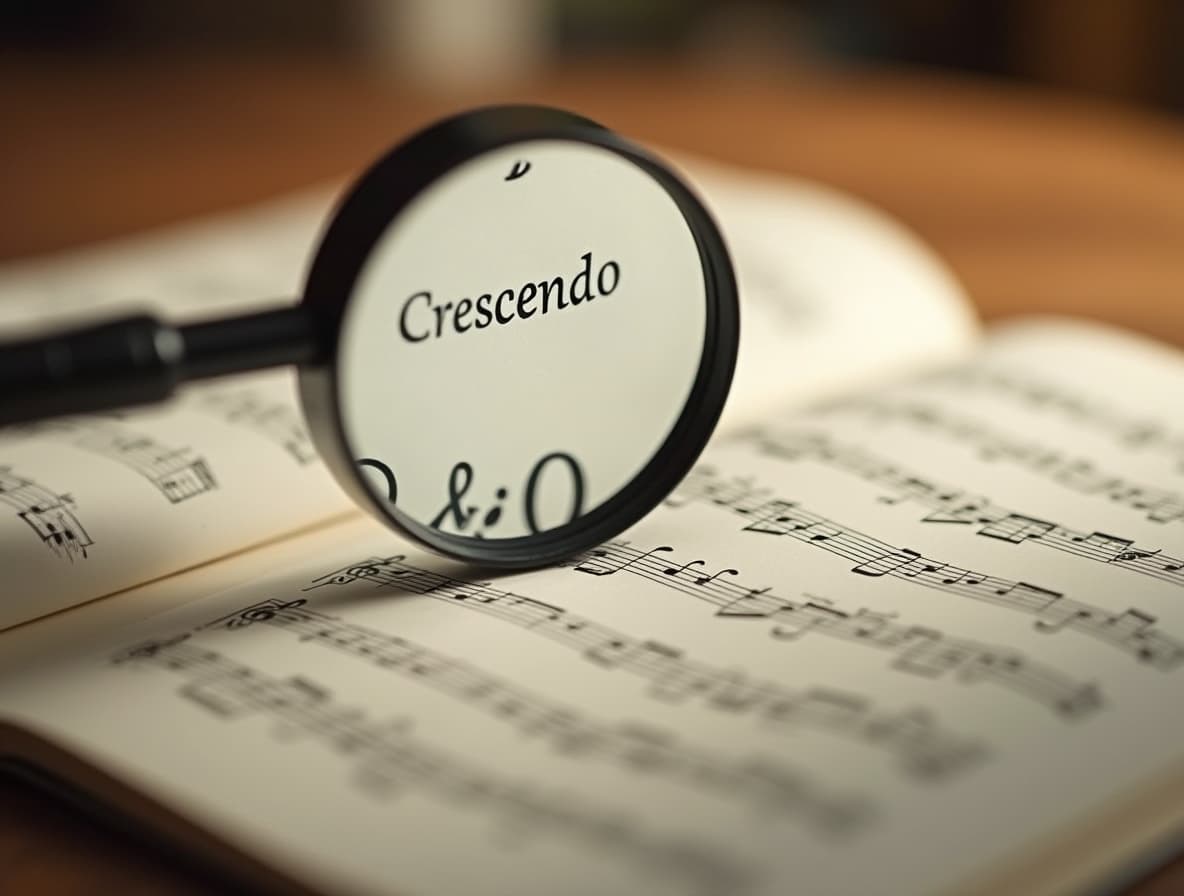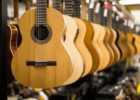Music Lingo Explained: Your Ultimate A-Z Glossary
Ever read a song review, talked about music with friends, or tried to learn an instrument and felt lost in the lingo? Words like “tempo,” “riff,” “bridge,” and “harmony” get thrown around, but what do they mean?
Don’t worry, you’re not alone! Understanding these core music terms can seriously boost your appreciation and make discussing music way more fun and insightful. This glossary is your handy reference guide, breaking down common musical concepts into plain English.

Think of it as your cheat sheet to sound like a music pro (or at least understand what they’re talking about). Let’s demystify the language of music together!
The Building Blocks: Fundamental Music Elements
These are the absolute basics that make up any piece of music.
- Melody
- What it is: The main tune of a song; the sequence of notes you’d typically hum or sing along to. Think of it as the musical storyline.
- Harmony
- What it is: When two or more notes are played or sung simultaneously to create chords and add richness or texture to the melody. It supports the main tune.
- Rhythm
- What it is: The pattern of sounds and silences in time. It’s how the music moves, the arrangement of note lengths and rests that creates the groove or flow. Think of it as the pulse and pattern combined.
- Tempo
- What it is: The speed of the music; how fast or slow the beat is. Often measured in BPM (Beats Per Minute). A slow ballad has a low tempo, while a fast punk song has a high tempo.
- Beat
- What it is: The basic, underlying pulse of the music. It’s the steady count you might tap your foot or nod your head to.
- Pitch
- What it is: How high or low a sound is. A piccolo flute has a high pitch, while a tuba has a low pitch.
- Dynamics
- What it is: The variations in volume within a piece of music – how loud or soft it gets. This adds expression and contrast (e.g., a quiet verse building to a loud chorus).
- Timbre (pronounced TAM-ber)
- What it is: The unique sound quality or “color” of a voice or instrument. It’s why a trumpet sounds different from a violin even when playing the same note at the same volume.
- Key
- What it is: The central note and scale (like C Major or A minor) that a piece of music is built around. The key influences the overall mood (major keys often sound brighter, minor keys often sound sadder or more serious).
Song Structure: How Music is Organized
Most popular songs follow common patterns. Understanding these parts helps you follow along.
- Intro (Introduction)
- What it is: The beginning section of a song that sets the mood and leads into the main part.
- Verse
- What it is: A section where the lyrics typically change each time it appears. Verses usually tell the story or develop the song’s theme. The melody often stays relatively consistent between verses.
- Chorus
- What it is: The main, often most memorable part of the song. It usually repeats several times with the same (or very similar) lyrics and melody. It contains the song’s core message or hook.
- Bridge
- What it is: A contrasting section that provides a change of pace or perspective, musically or lyrically. It often appears only once, typically after the second chorus and before the final chorus, offering a “bridge” back to the main theme.
- Outro (Conclusion)
- What it is: The ending section of a song. It might fade out, end abruptly, or feature a final musical statement.
- Pre-Chorus
- What it is: A short section that builds tension between the verse and the chorus, leading into the chorus payoff. Not all songs have one.
- Solo
- What it is: A section where one instrument (like a guitar, saxophone, or keyboard) takes the spotlight and plays an improvised or composed melodic part.
Musical Hooks & Devices: The Catchy Bits
These are elements that make music engaging and memorable.
- Hook
- What it is: Any musical or lyrical element designed to be catchy and grab the listener’s attention. It could be a melody line, a chord progression, a rhythm, or a memorable phrase. The chorus often contains the main hook.
- Riff
- What it is: A short, repeated musical phrase or pattern, often played by guitar or bass. Riffs are usually catchy and form a recognizable part of the song’s identity (think the opening of Deep Purple’s “Smoke on the Water”).
- Sample / Sampling
- What it is: Taking a portion (a “sample”) of an existing sound recording and reusing it in a new piece of music. Heavily used in hip hop and electronic music.
- Improvisation
- What it is: Making up music spontaneously, without pre-planning every note. A core element of jazz, but used in many genres during solos.
- Loop
- What it is: A short section of sound material that is repeated continuously. Common in electronic music and hip hop production.
General Music Concepts & Terms
Other useful terms you might encounter.
- Acoustic
- What it is: Refers to instruments that produce sound naturally, without electric amplification (like an acoustic guitar, piano, or violin). Can also describe a version of a song performed with only acoustic instruments.
- Electric
- What it is: Refers to instruments that need electrical amplification to be heard properly (like an electric guitar, electric bass, or synthesizer).
- Genre
- What it is: A category used to classify music based on shared characteristics like style, instrumentation, rhythm, or cultural origin (e.g., Rock, Pop, Jazz, Classical, Hip Hop). (Check out our Music Genres page for more details!)
- Mix / Mixing
- What it is: The process of recording where all the different tracks (vocals, drums, guitars, etc.) are balanced, treated with effects (like reverb), and blended into the final stereo track you hear.
- Track
- What it is: Can refer to an individual recorded part (like the “vocal track” or “drum track”) during recording, OR it can simply mean a single song on an album.
Keep Listening and Learning
This glossary covers many common music terms, but the world of music is vast! The best way to understand these concepts is to listen actively. Pay attention to the different parts of songs, notice the tempo changes, and try to identify the riffs and hooks.
The more you listen and learn the lingo, the richer your musical experiences will become. Enjoy the journey!

